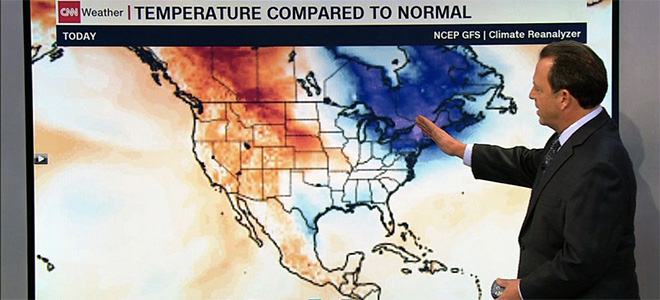
Findings from a United States national survey of TV weathercasters
by K.M. Timm, E.W. Maibach, M. Boykoff, T.A. Myers, and M.A. Broeckelman-Post, Weather, Climate, and Society (2019) doi: 10.1175/WCAS-D-19-0063.1
Abstract: The journalistic norm of balance bas been described as the practice of giving equal weight to different sides of a story; false balance is balanced reporting when the weight of evidence strongly favors one side over others—for example, the reality of human-caused climate change. False balance is problematic because it skews public perception of expert agreement. Through formative interviews and a survey of American weathercasters about climate change reporting, we found that objectivity and balance—topics that have frequently been studied with environmental journalists—are also relevant to understanding climate change reporting among weathercasters. Questions about the practice of and reasons for presenting an opposing viewpoint when reporting on climate change were included in a 2017 census survey of weathercasters working in the United States (N=480; response rate=22%). When reporting on climate change, 35% of weathercasters present an opposing viewpoint ‘always’ or ‘most of the time.’ Their rationale for reporting opposing viewpoints included the journalistic norms of objectivity and balanced reporting (53%), their perceived uncertainty of climate science (21%), to acknowledge differences of opinion (17%), to maintain credibility (14%), and to strengthen the story (7%). These findings show that climate change reporting from weathercasters sometimes includes opposing viewpoints, and possibly a false balance, but further research is necessary. Moreover, prior research has shown that the climate reporting practices among weathercasters are evolving rapidly and so the problem of false balance reporting may already be self-correcting. Read more …

